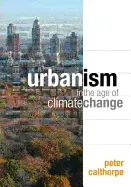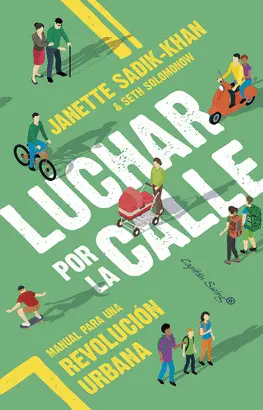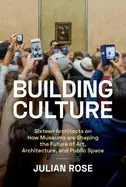- Editorial:
- ISLAND PRESS
- Materia:
- Arquitectura
- ISBN:
- 978-1-59726-720-5
URBANISM IN THE AGE OF CLIMATE CHANGE
PETER CALTHORPE
"Cities are green" is becoming a common refrain. But Calthorpe argues that a more comprehensive understanding of urbanism at the regional scale provides a better platform to address climate change. In this groundbreaking new work, he shows how such regionally scaled urbanism can be combined with green technology to achieve not only needed reductions in carbon emissions but other critical economies and lifestyle benefits. Rather than just providing another checklist of new energy sources or one dimensional land use alternatives, he combines them into comprehensive national growth scenarios for 2050 and documents their potential impacts. In so doing he powerfully demonstrates that it will take an integrated approach of land use transformation, policy changes, and innovative technology to transition to a low carbon economy.
To accomplish this Calthorpe synthesizes thirty years of experience, starting with his ground breaking work in sustainable community design in the 1980s following through to his current leadership in transit-oriented design, regional planning, and land use policy. Peter Calthorpe shows us what is possible using real world examples of innovative design strategies and forward-thinking policies that are already changing the way we live.
This provocative and engaging work emerges from Calthorpe's belief that, just as the last fifty years produced massive changes in our culture, economy and environment, the next fifty will generate changes of an even more profound nature. The book, enhanced by its superb four-color graphics, is a call to action and a road map for moving forward.








